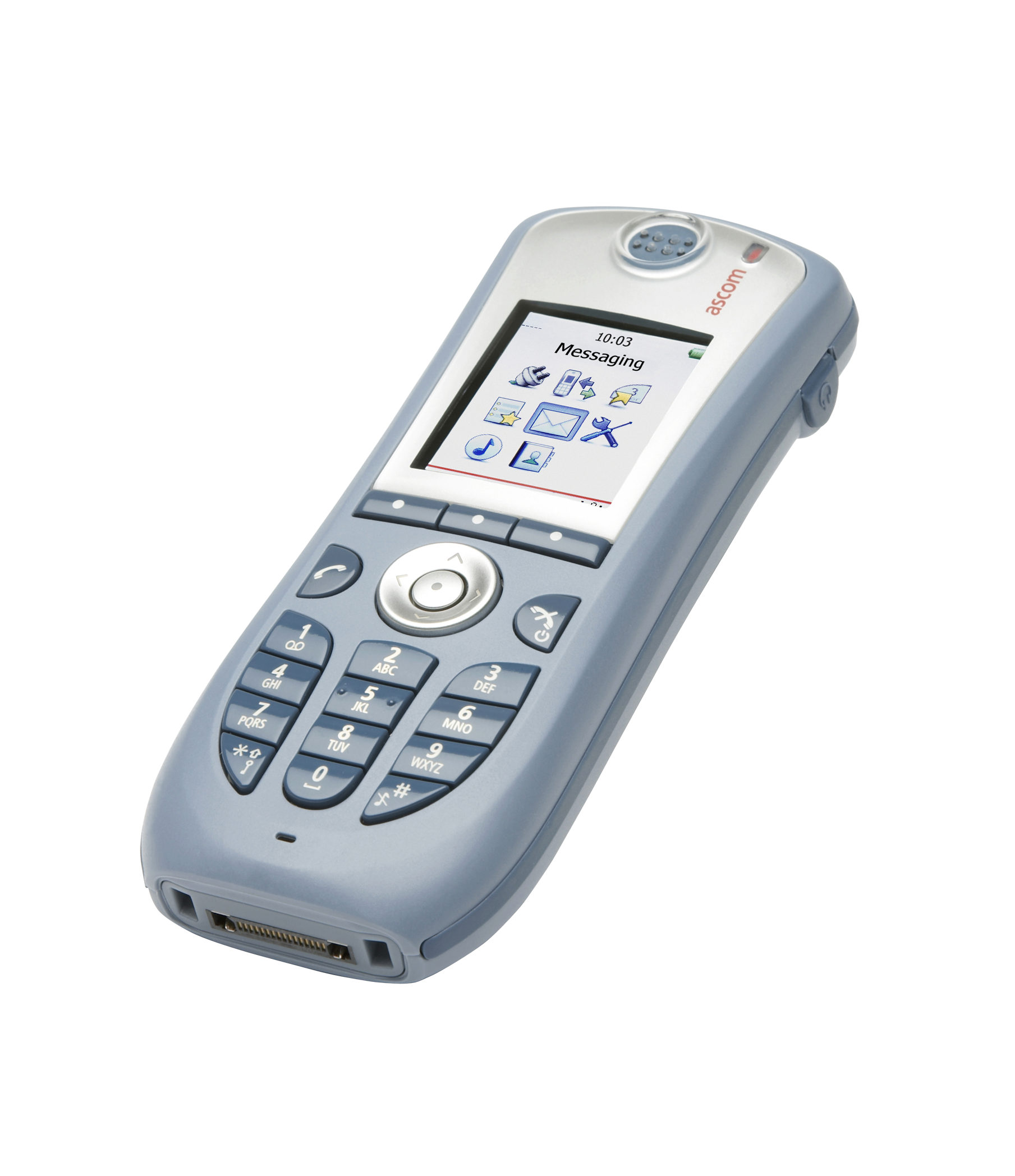
In addition, if the theoretical radiation is replaced by that measured with the pyranometer, the number of samples with deviations higher than 5 Celsius degree is reduced from around 15% to 5%. Considering the wind, both standards provide better results for the estimated conductor temperature as the wind speed increases and the angle with the line is closer to 90Ĭelsius degrees. Both standards give similar results with slight differences due to the different way to calculate the solar radiation and convection. As some of the most critical variables are magnitude and direction of the wind speed, ambient temperature and solar radiation, their influence on the conductor temperature is studied. IEEE Std 738-2006 IEEE Standard for Calculating Current-Temperature Relationship of Bare Overhead Conductors An Overview Prepared by Dale Douglass Monday, July 27, 2009. The steady and dynamic state comparison shows that the number of cases with deviations to conductor temperatures higher than 5Ĭelsius degrees decreases from around 20% to 15% when the dynamic analysis is used. The conductor is a LA 280 Hawk type, used in a 132-kV overhead line. The estimated temperatures calculated by the standards are compared with the averaged conductor temperature obtained every 8 min during a year. IEEE 738-2012: IEEE Standard for Calculating the Current-Temperature Relationship of Bare Overhead Conductors IEEE Customers who bought this item also bought.



This paper presents the steady and dynamic thermal balances of an overhead power line proposed by CIGRE (Technical Brochure 601, 2014) and IEEE (Std.738, 2012) standards.


 0 kommentar(er)
0 kommentar(er)
